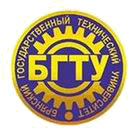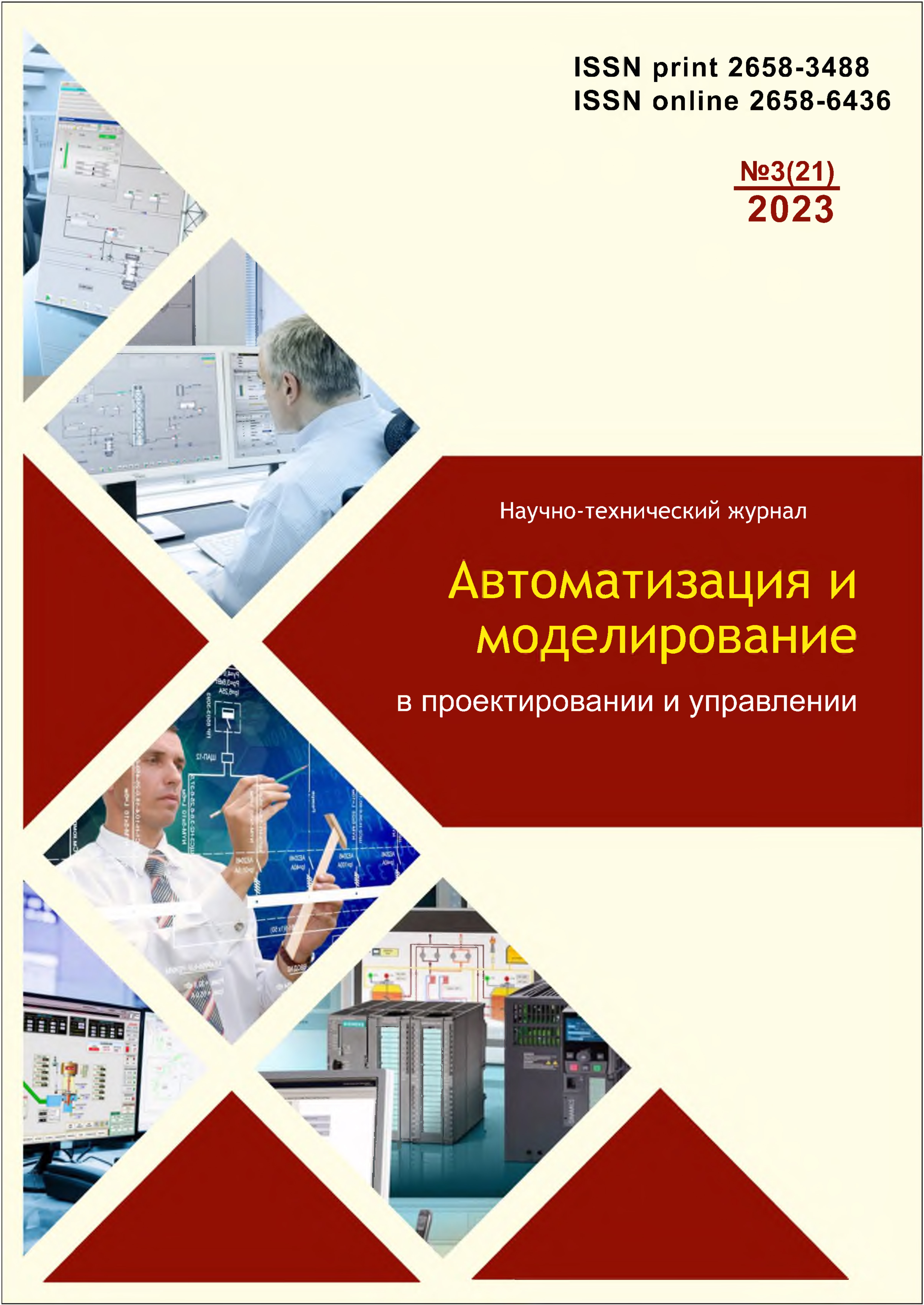Bryansk, Bryansk, Russian Federation
Bryansk, Bryansk, Russian Federation
Moscow, Moscow, Russian Federation
UDC 621.382
Calculating, analysing and verifying current-voltage characteristics (CVC) of a silicon fast-recovery diode (FRD) are performed using the methods of instrumental-technological modelling. The article determines the planar structure configuration of a semiconductor device crystal, the levels of doping and doses of irradiation with high-energy particles, at which the required values of operating and maximum forward currents and reverse (breakdown) voltages are achieved. The main tasks to be solved in the article are to determine the optimal design and technological parameters of the fast-recovery diode (FRD) structure and verifying the calculated current-voltage characteristics (CVC) values with the experimental data taken from the SKKE310F12 fast recovery diode at various ambient temperatures. The novelty of the work is represented by the obtained verified instrumental-technological model of FRD, which is possible for industrial implementation in the form of a semiconductor device at the production base of domestic microelectronics enterprises. The results of the research can be used in producing the element base of power electronics for pulsed power converters, namely discrete FRD, FRD structures as part of power modules based on MOSFET (Metal Oxide Semiconductor Field Effect Transistor) and IGBT transistors.
instrumental-technological model, crystal, planar structure, temperature, CVC, breakdown, guard rings
1. Glushko A.A. Instrument-Technological Modelling in the TCAD Sentaurus System: Methodical Instructions to Performance of Laboratory Works on Discipline «Automation of Design of Electronic Means». Moscow: BMSTU Publ., 2015, 61 p. EDN: https://elibrary.ru/UANXJJ
2. Gromov V.I. et al. Structural and Technological Features of the Emitter of Fast Recovery Diodes with Soft Recovery. Electronics: Science, Technology, Business, 2006, no. 6 (72), pp. 82-83.
3. Indrishenok V.I. Fundamentals of Instrument-Technological Modelling in Sentaurus TCAD. Moscow: Moscow Technological University (MIREA), 2018, 118 p.
4. Pribytny P. et al. TCAD Simulation Methodology for Full 3D Electro-Physical and Advanced Thermal Analysis of Power Modules. International Conference on Simulation of Semiconductor Processes and Devices (SISPAD). Kamakura, Japan: IEEE, 2017, pp. 249-252.
5. SKKE 310F12. - SEMIKRON. Available at: https://www.semikron.com/products/product-classes/thyristordiode-modules/detail/skke-310f12-07910520.html.
6. TCAD - Technology Computer Aided Design (TCAD). - Synopsys. Available at: https://www.synopsys.com/silicon/tcad.html.
7. Akhmelkin D.M., Botov A.V. Silicon Pin-Diodes for High-Power Microwave Devices of L- and S-Bands. Nanoindustry, 2020, vol. 13, no. S4 (99). DOI: https://doi.org/10.22184/1993-8578.2020.13.5s.99.101; EDN: https://elibrary.ru/WFMHUY
8. Medvedev D.M., Malakhanov A.A. Modelling the Current-Voltage Characteristics of an LDD MOS Transistor at Cryogenic Temperature. Proceedings of the 4th International Scientific and Practical Conference «CAD and Modelling in Modern Electronics», October 22-23, 2020. Bryansk: Bryansk State Technical University, 2020, pp. 390-393. DOI:https://doi.org/10.51932/9785907271739_390. EDN: https://elibrary.ru/IBFNZQ
9. Medvedev D.M., Malakhanov A.A. Simulation of a High-Voltage Silicon Schottky diode. Proceedings of the 5th International Scientific and Practical Conference «CAD and Modelling in Modern Electronics», October 21-22, 2021, Bryansk: Novyy format, 2021, pp. 285-288. DOI:https://doi.org/10.30987/conferencearticle_61c997f09d8527.44162014.9. EDN: https://elibrary.ru/WNIQEK
10. Baliga B.J. Fundamentals of Power Semiconductor Devices. Cham: Springer International Publishing, 2019.
11. Lutz J. et al. Semiconductor Power Devices. Berlin, Heidelberg: Springer Berlin Heidelberg, 2011.










